"We Will Be Satisfied With Nothing Less" —— The African American Struggle for Equal Rights in the North during Reconstruction
----- “我们一定会满意”:重建期间非洲裔美国人在北部争取平等权利的斗争
Historians are taking a growing interest in the politics of race and civil rights in the Reconstruction-era North, and Hugh Davisâs book is a welcome addition to that literature. Rather than look at a particular city, state, or subregion, as many previous studies have done, Davis attempts to examine the North in its entirety. âWe Will Be Satisfied with Nothing Lessâ grapples with northern black activism at local, state, and federal levels, focusing in particular on schools, voting, and black northernersâ vexed relationship to the Republican Party. This slender and clearly written volume begins with the Civil war, which Davis frames as the origin of black northernersâ postwar struggle for equal rights. At a national convention in syracuse in fall 1864, African American activists laid out a civil rights agenda and established the equal Rights League (eRL) to push for its implementation. Davis provides the most complete account we have of the eRLâs activities on the national stage and in states and cities across the North. He gives special attention to the notably active Pennsylvania eRL, whose internal records, unlike those of other state organizations, are extant. The book proceeds roughly chronologically, exploring African Americansâ activism on behalf of federal measures such as the Fifteenth Amendment and the sumner Civil Rights Act, as well as local efforts. Davisâs emphasis on the struggle for access to schools is particularly welcome. He considers the array of different local and state policies regarding schools, race, and taxes; delves into debates among African Americans about the merits of blackonly schools; and considers African Americansâ varying tactics for demanding adequate schools for their children, including mass meetings, lobbying, and lawsuits by parents. Throughout, Davis makes some useful interpretive points. Contrary to scholars who argued that northern black leaders in this period were an isolated elite with virtually no constituency, Davis shows, where sources permit, that civil rights activism extended deeply into black communities. Meanwhile, although he does not overlook factionalism among black leadersâa theme in older scholarshipâDavis places it in context by emphasizing that disagreements about strategy and tactics are ubiquitous in social movements and that white racism and scarcity of resources posed far greater threats to black organizations than factionalism. Davisâs sweeping, national approach and his limited focus do have some drawbacks. examples drawn
{{comment.content}}
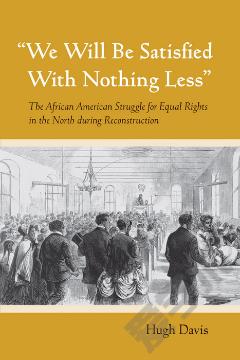
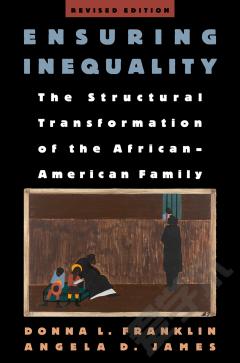

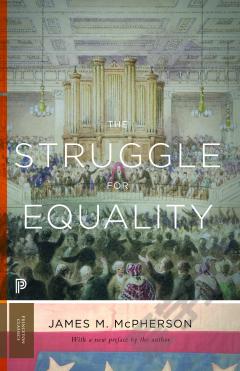
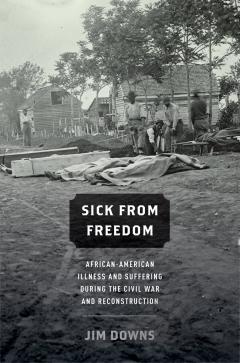
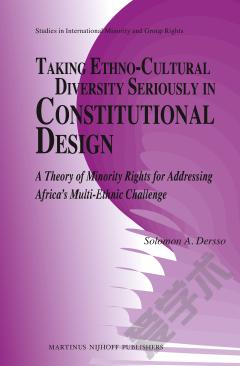


 京公网安备 11010802027623号
京公网安备 11010802027623号